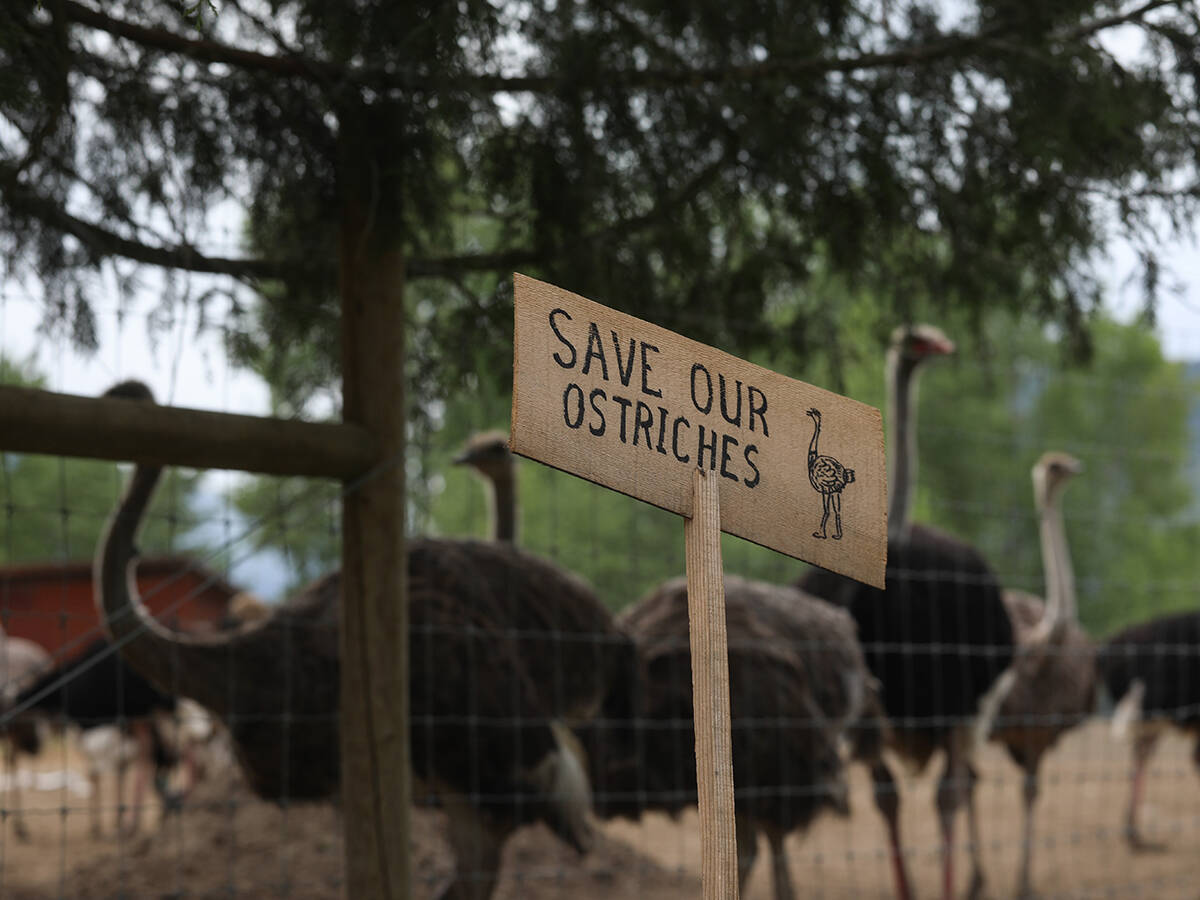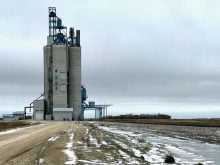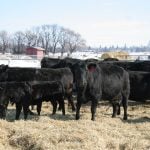Weather forecasting is not an exact science, but Environment Canada climatologists are confident this summer will be warmer than usual on the Prairies.
Environment Canada’s forecasting models are predicting warm weather this summer for the entire Prairies, with the exception of the western edge of Alberta, which will likely have normal temperatures in June and possibly above normal in July and August, said David Phillips, senior climatologist with Environment Canada.
“Eighty percent of Alberta, all of Saskatchewan and all of Manitoba are in the warmer than normal category,” said Phillips, one of Canada’s best-known weather experts.
Read Also

Ostrich farm case shows power of social media
The social media circus surrounding the BC ostrich farm, could happen again in Canada, says communication expert
Environment Canada defines warmer than normal as one or more degrees Celsius above historical average temperatures for the summer months.
If the forecast pans out, the shorts and sandals weather will be a godsend for folks in Manitoba, Saskatchewan and Alberta who have suffered through a year of cool weather, Phillips said.
He said the public and media have focused on snow, rain and flooding in recent months, but the Prairies have also experienced persistently cool weather over the last year.
“In the last 13 months (in Regina), 11 have been cooler than normal,” he said.
Environment Canada forecasters are confident that June, July and August will be warmer than usual in Western Canada because computer models are consistently predicting a balmy summer.
“We have four models that we run. Some are weather models, some are climate models,” he said.
“We run them twice a day for a five-day period, so it gives you 40 runs (simulations) … and they’re all saying the same thing.”
However, the models aren’t favouring a particular outcome for rain in June, July and August.
There is an equal chance of a wet summer, a normal summer or a dry summer.
Phillips said it’s difficult to identify the key weather element that will make this summer warmer than usual.
In the winter, scientists have a good handle on how water temperature variations in the Pacific (El Nino and La Nina) affect weather around the world.
Summer forecasting models also include statistics on water and air temperature, but there isn’t one dominant factor that drives weather in a particular direction.
In contrast to Environment Canada’s prediction,The Old Farmer’s Almanacexpects below normal temperatures in Alberta and Saskatchewan this summer and above normal temperatures in Manitoba.















